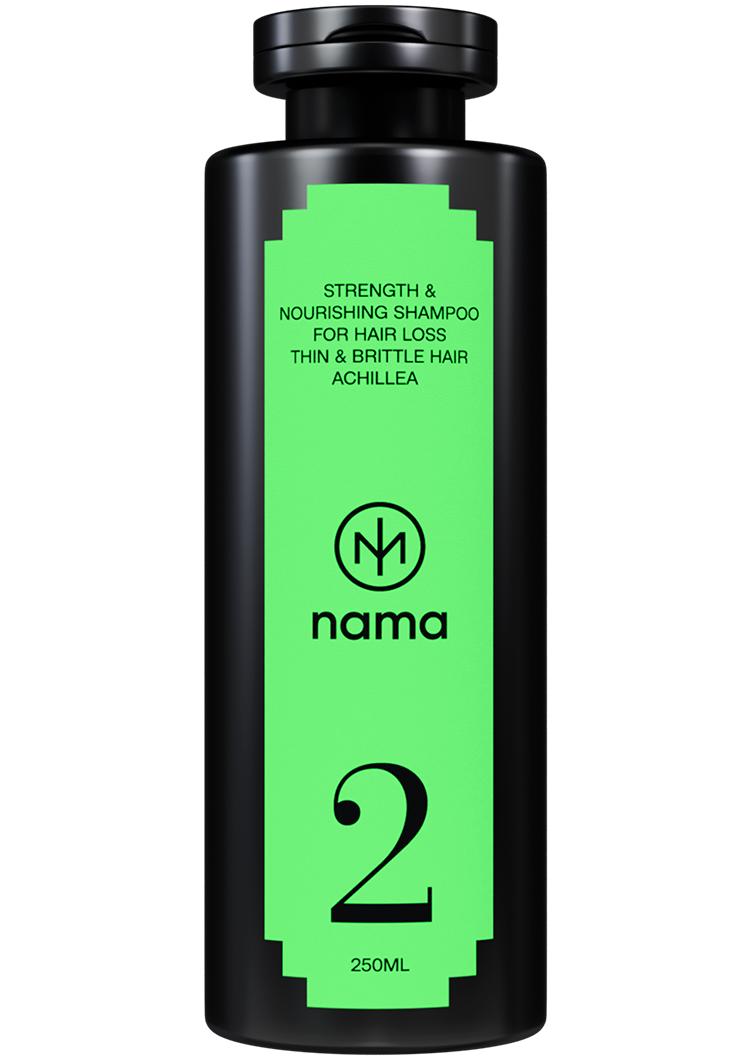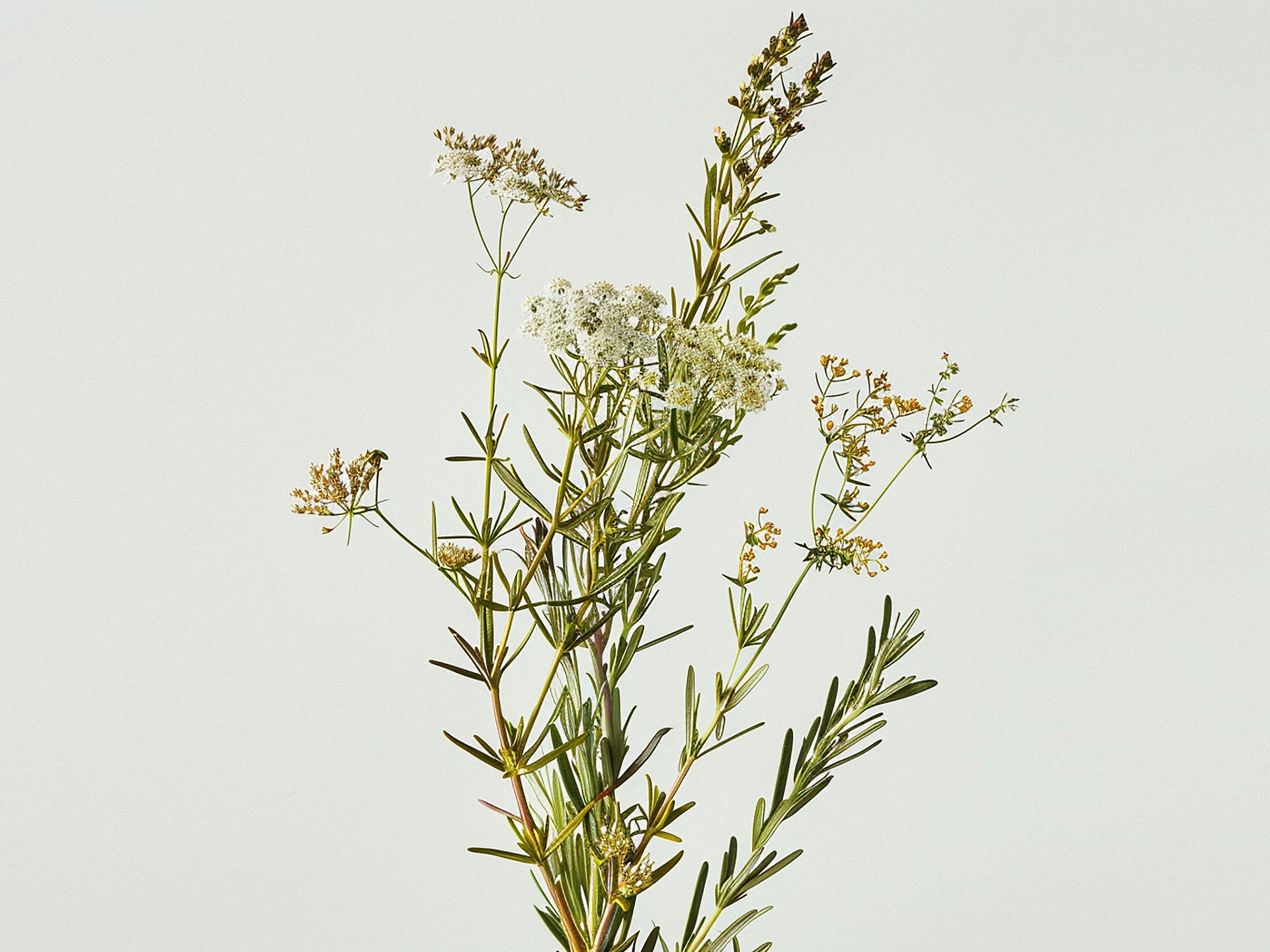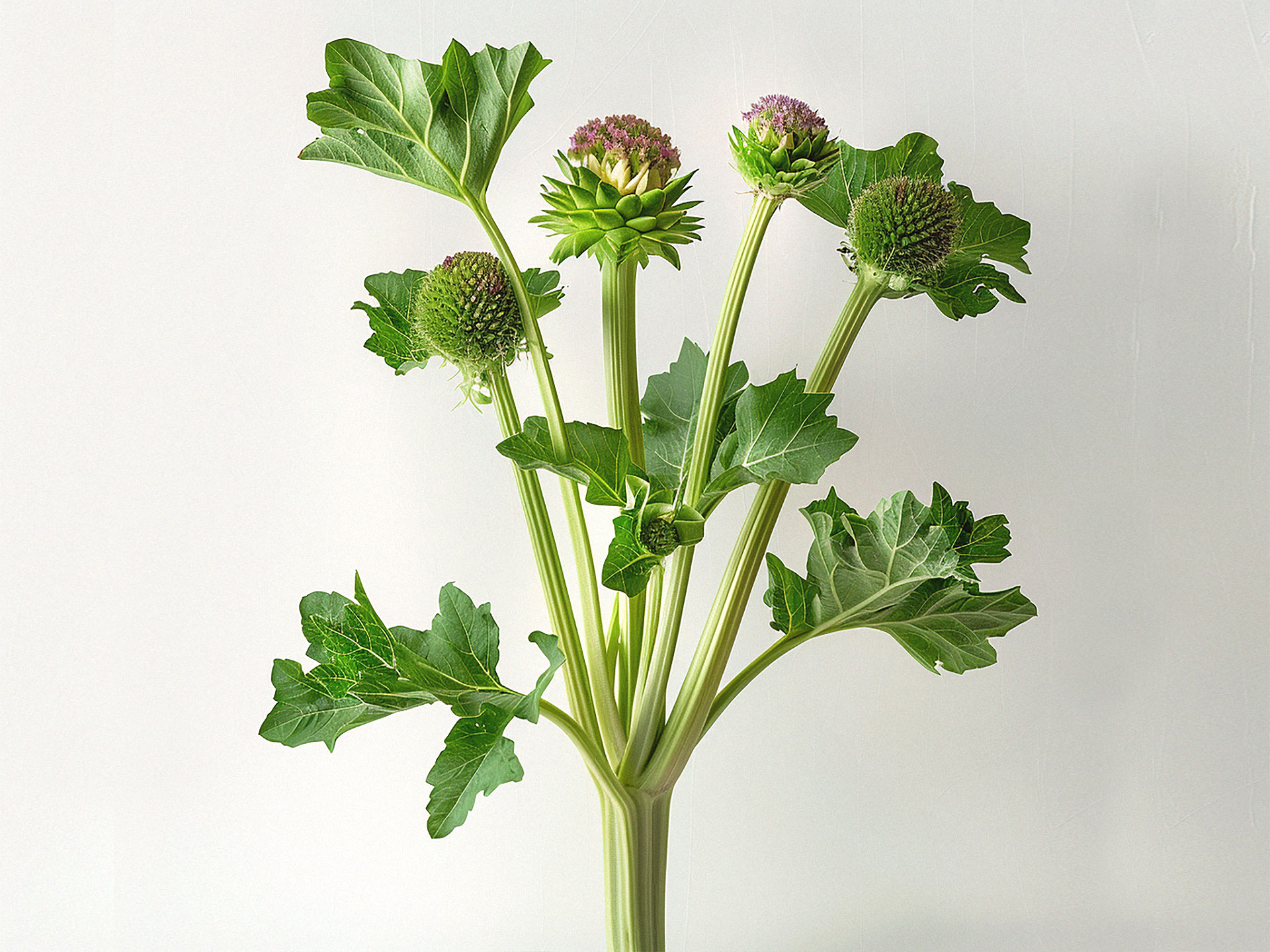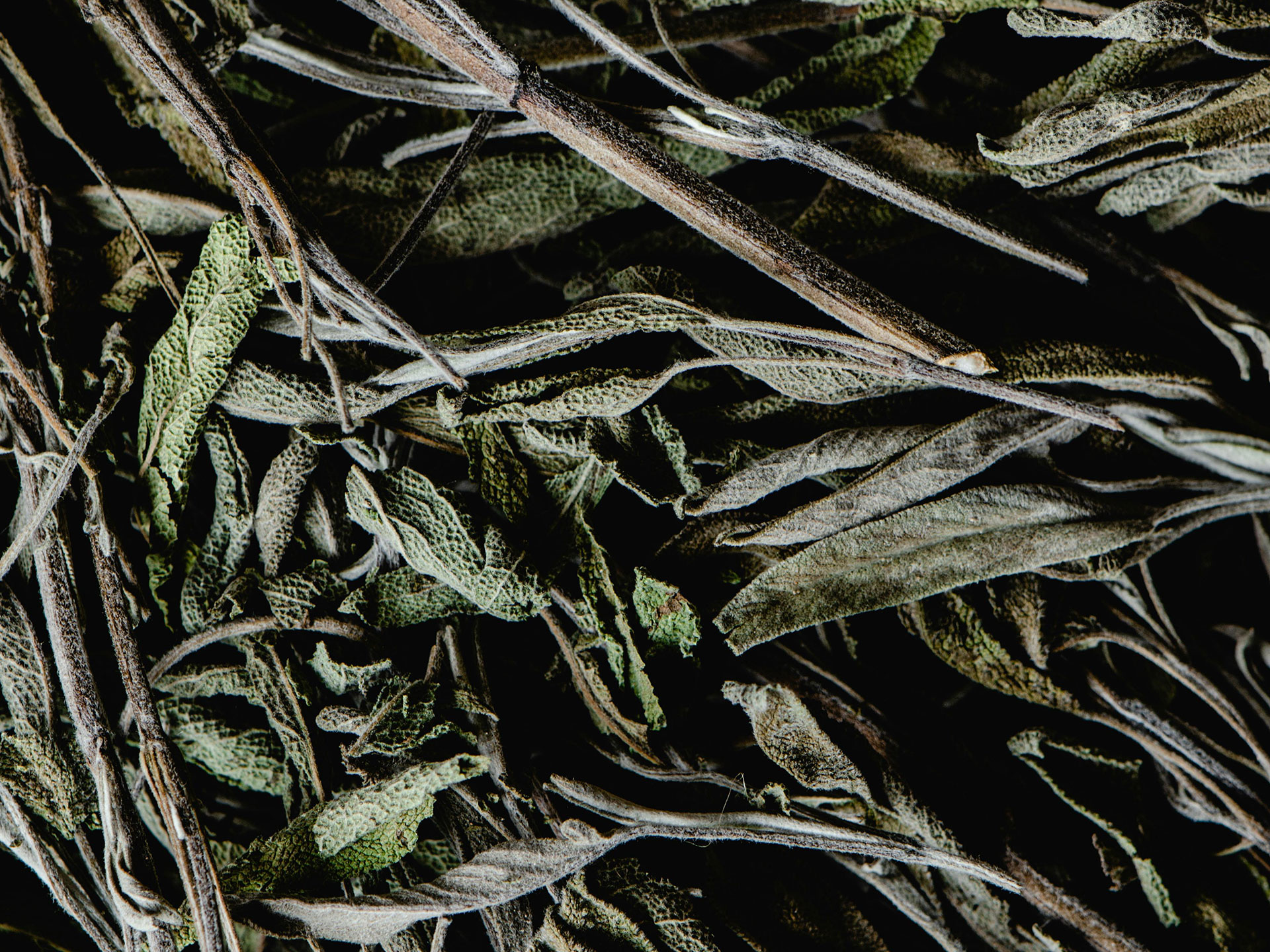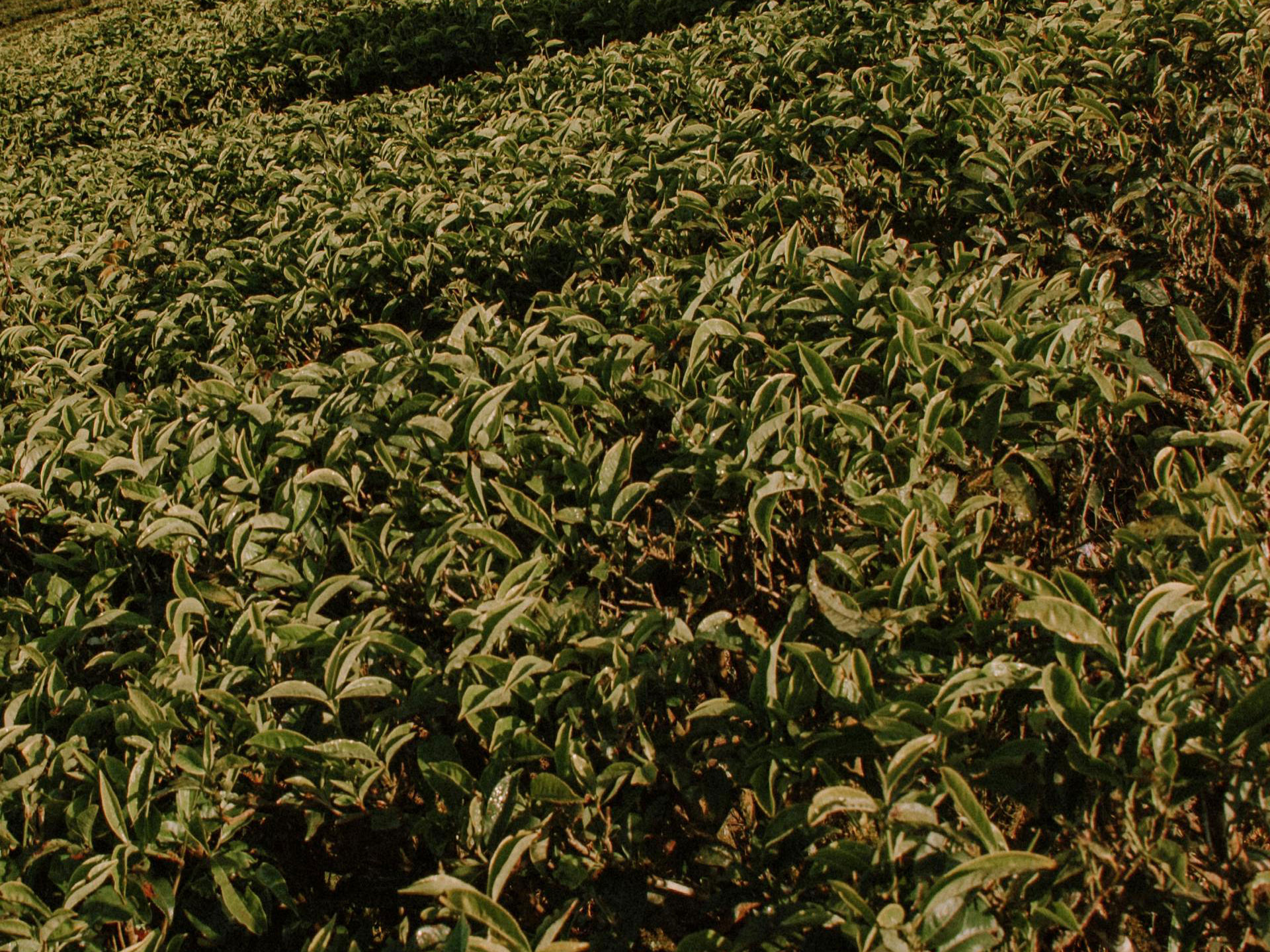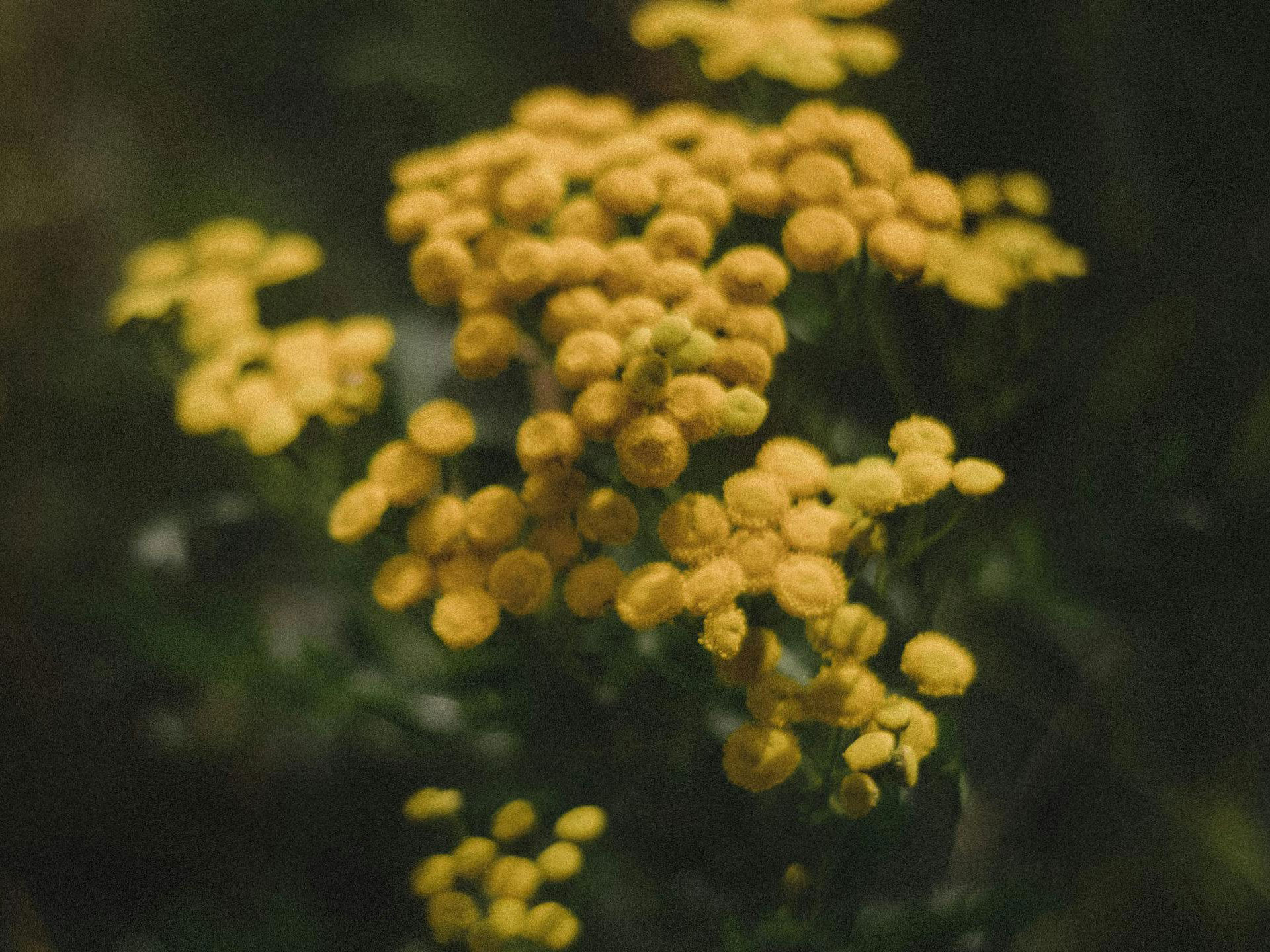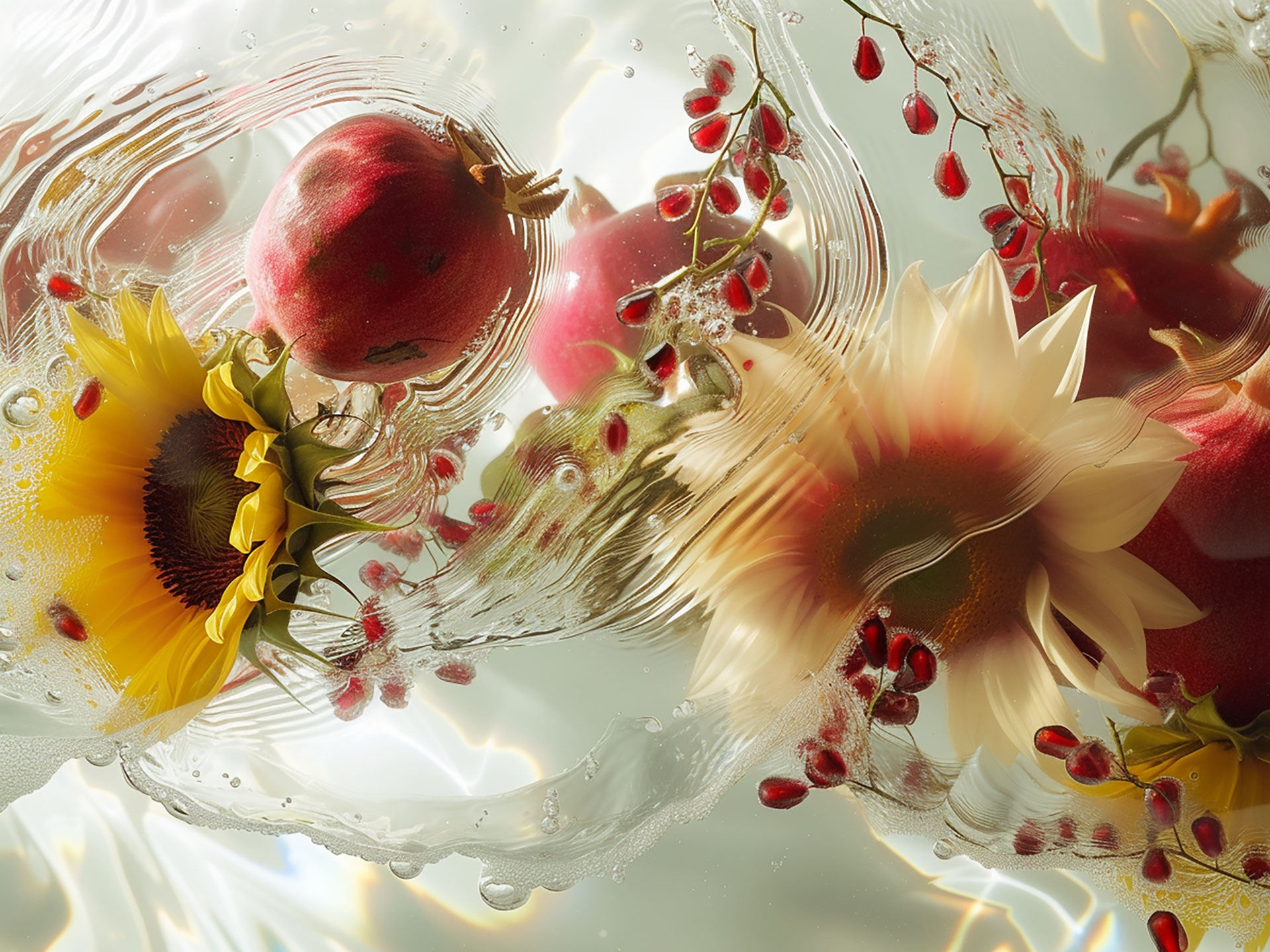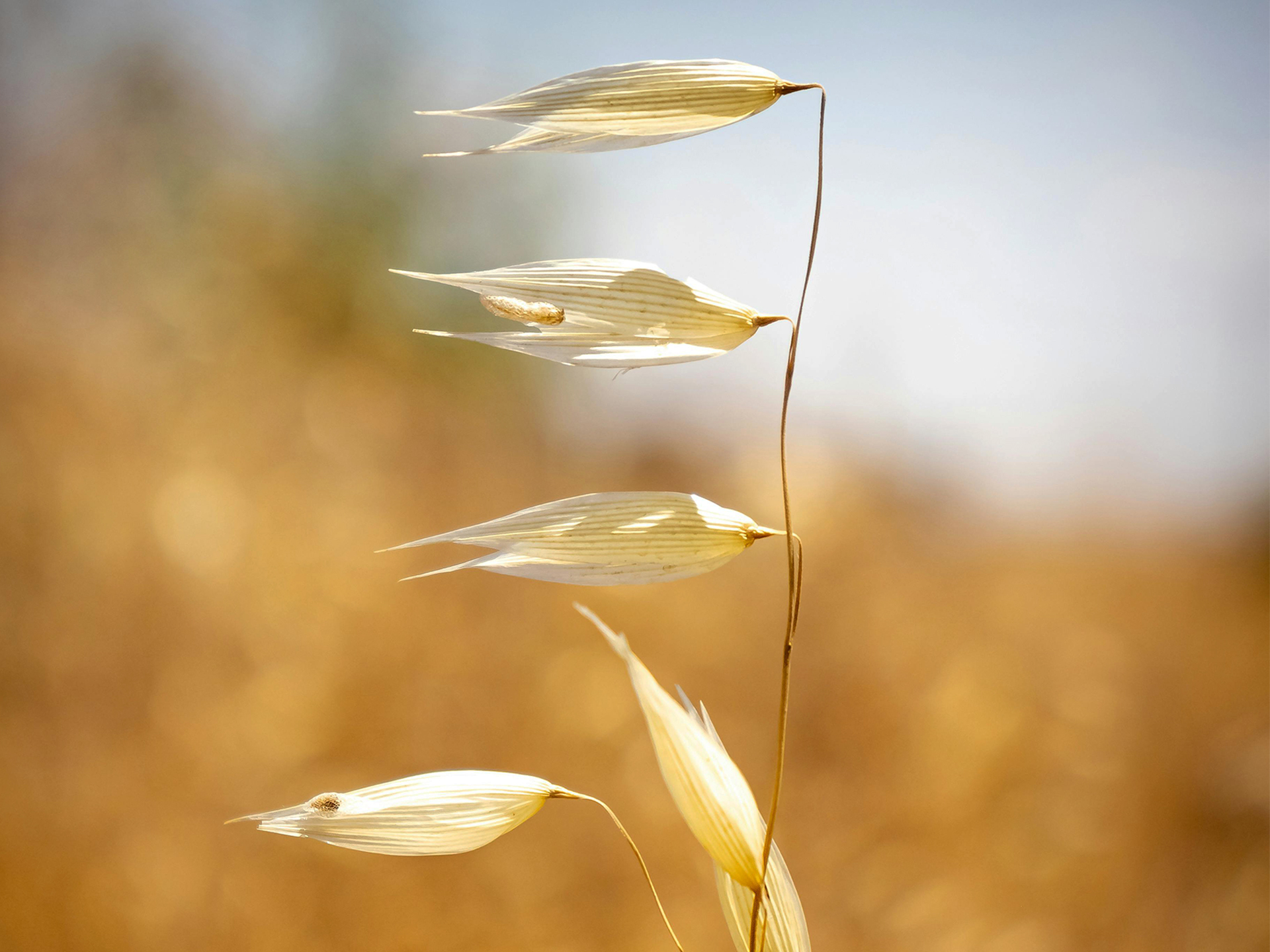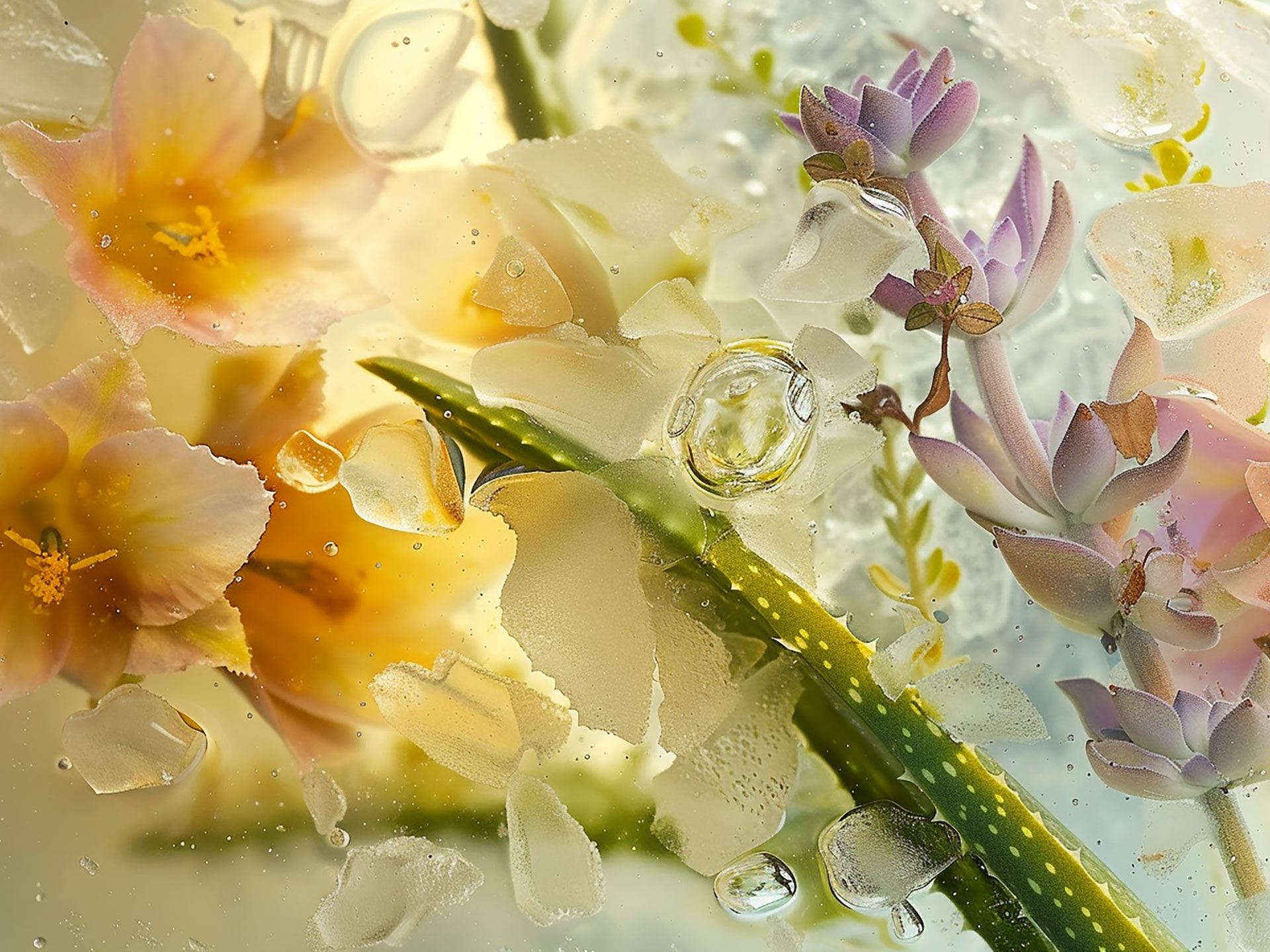2
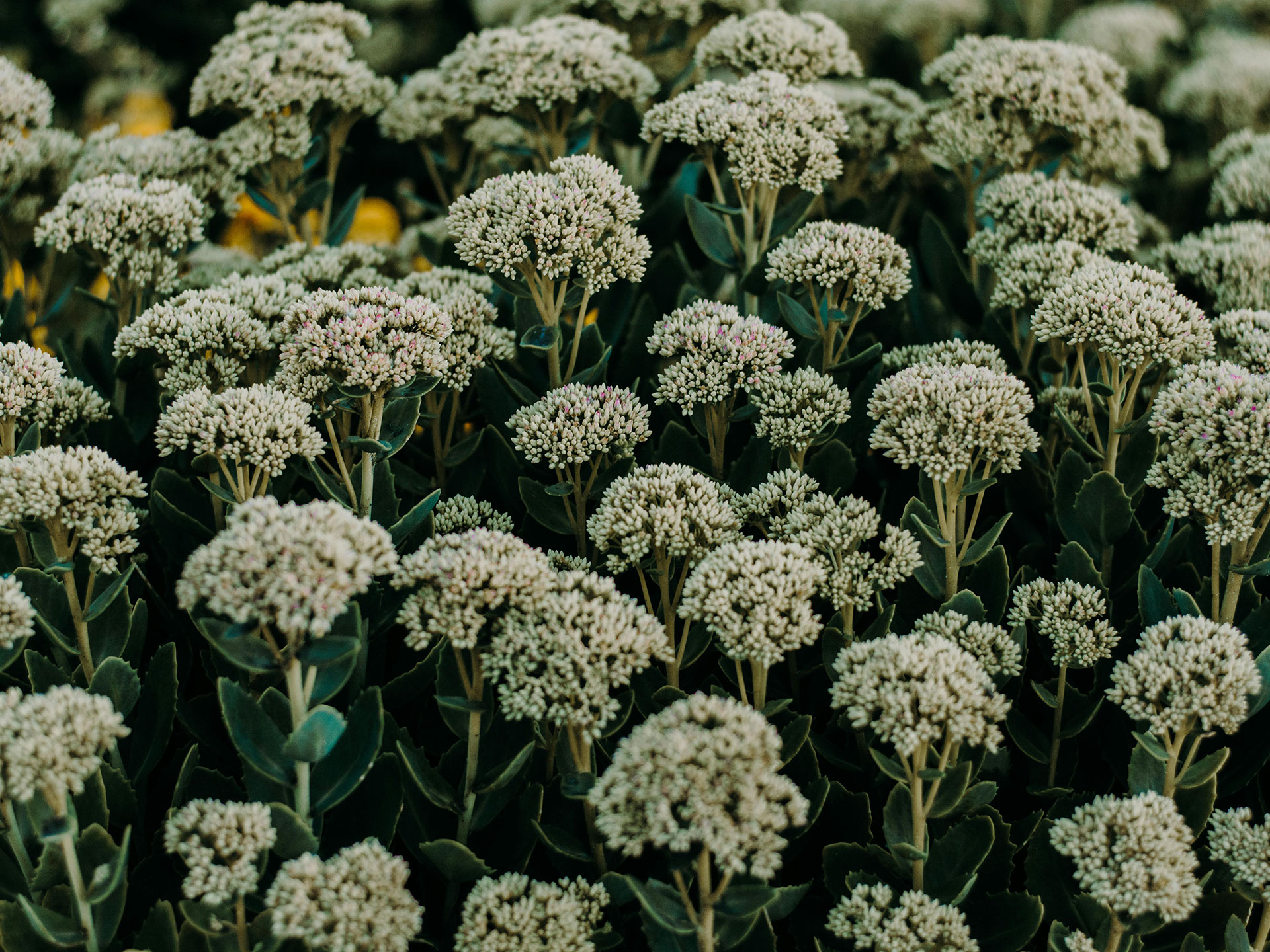
Scientific studies support Achillea’s traditional uses. Achillea’s aerial parts are rich in flavonoids like quercetin and kaempferol, phenolic acids, sesquiterpenoids, and triterpenes, while its essential oils are renowned for their anti-inflammatory and skin-hydrating properties. Ethanol-based extracts are especially effective, and its rejuvenating abilities make it a valuable ingredient in skincare products.
Achillea’s unique chemical profile and proven efficacy have ensured its place in both herbal medicine and modern cosmetics, making it a timeless ally for healing and skincare.
REFERENCES
1. Pignatti S. Flora d’Italia. 1982.
2. Palma L. Fitoterapia moderna. 1958.
3. Barton BH, Castle T. The British Flora Medica. 1877.
4. Szerlecki di Varsavia LA. Dizionario compendialo di terapeutica. 1842.
5. Meyer CG. Manuale di Farmacologia. 1841.
6. Culpeper N. Culpeper’s Complete Herbal. 1816.
7. Chomel PGB. Storia compendiosa delle piante usuali. 1808.
8. Petagna V. Delle facilità delle piante. 1795.
9. James R. Nuova farmacopea Universale del sig. Roberto James. 1758.
10. Tadic V, Arsic I, Zvezdanovic J, et al. The estimation of the traditionally used yarrow (Achillea millefolium L. Asteraceae) oil extracts with anti-inflammatory potential in topical application. J Ethnopharmacol. 2017;199:138-148.
11. Pain S, Altobelli C, Boher A, et al. Surface rejuvenating effect of Achillea millefolium extract. Int J Cosmet Sci. 2011;33(6):535-42.
12. Achillea millefolium. ScienceDirect Topics. Available at: ScienceDirect.

